
Our place to honor those actors, actresses and the many people behind the camera that have passed in 2021
December 31st – Betty White (1922-2021)
Betty White Movies
December 26th – Jean-Marc Vallée (1963-2021)
Jean-Marc Vallée Movies
November 29th – Arlene Dahl (1925-2021)
Arlene Dahl Movies
November 8th – Dean Stockwell (1936-2021)
Dean Stockwell Movies
September 29th – Tommy Kirk (1941-2021)
Tommy Kirk Movies
September 16th – Jane Powell (1929-2021)
Jane Powell Movies
September 14th – Norm MacDonald (1959-2021)
Norm MacDonald Movies
September 6th – Michael K. Williams (1966-2021)
Michael K. Williams Movies
September 6th – Jean-Paul Belmondo (1933-2021)
Jean-Paul Belmondo Movies
August 29th – Ed Asner (1929-2021)
Edward Asner Movies
August 19th – Sonny Chiba (1939-2021)
August 7th – Jane Withers (1926-2021)
We have 11 Jane Withers Movies in our database.
| Movie (Year) | UMR Score |
|---|---|
| Giant (1956) | 99.53 |
| Bright Eyes (1934) | 96.10 |
| The Hunchback of Notre Dame (1996) | 95.40 |
| Captain Newman, M.D. (1963) | 89.07 |
| The North Star (1943) | 87.85 |
| Pepper (1936) | 75.44 |
| The Mad Martindales (1942) | 72.00 |
| The Farmer Takes A Wife (1935) | 70.08 |
| Gentle Julia (1936) | 55.96 |
| Shooting High (1940) | 53.04 |
July 5th – William Smith (1933-2021)
William Smith Movies
July 5th – Richard Donner (1930-2021)
Richard Donner Movies
June 13th – Ned Beatty (1937-2021)
June 6th – Clarence Williams III (1939-2021)
May 29th – Gavin MacLeod (1931-2021)
May 18th – Charles Grodin (1935-2021)
May 11th – Norman Lloyd (1914-2021)
May 1st – Olympia Dukakis (1931-2021)
March 25th – Jessica Walter (1941-2021)
March 23rd – George Segal (1934-2021)
March 16th- Yaphet Kotto (1939-2021)
February 5th – Christopher Plummer (1929 – 2021)
January 8th – Mike Henry (1936-2021)
January 23rd – Hal Holbrook (1925-2021)
January 28th – Cicely Tyson (1924-2021)
January 26th – Cloris Leachman (1926-2021)
January 4th – Tanya Roberts (1955-2021)

Rank Movie (Year) UMR Score
1st A View to a Kill (1985) 76.73
2nd Fingers (1978) 52.53
3rd The Private Files of J. Edgar Hoover (1977) 27.46
4th The Beastmaster(1982) 18.08
5th Sheena (1984) 15.10
(Visited 1 times)
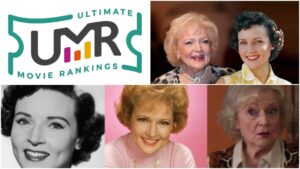

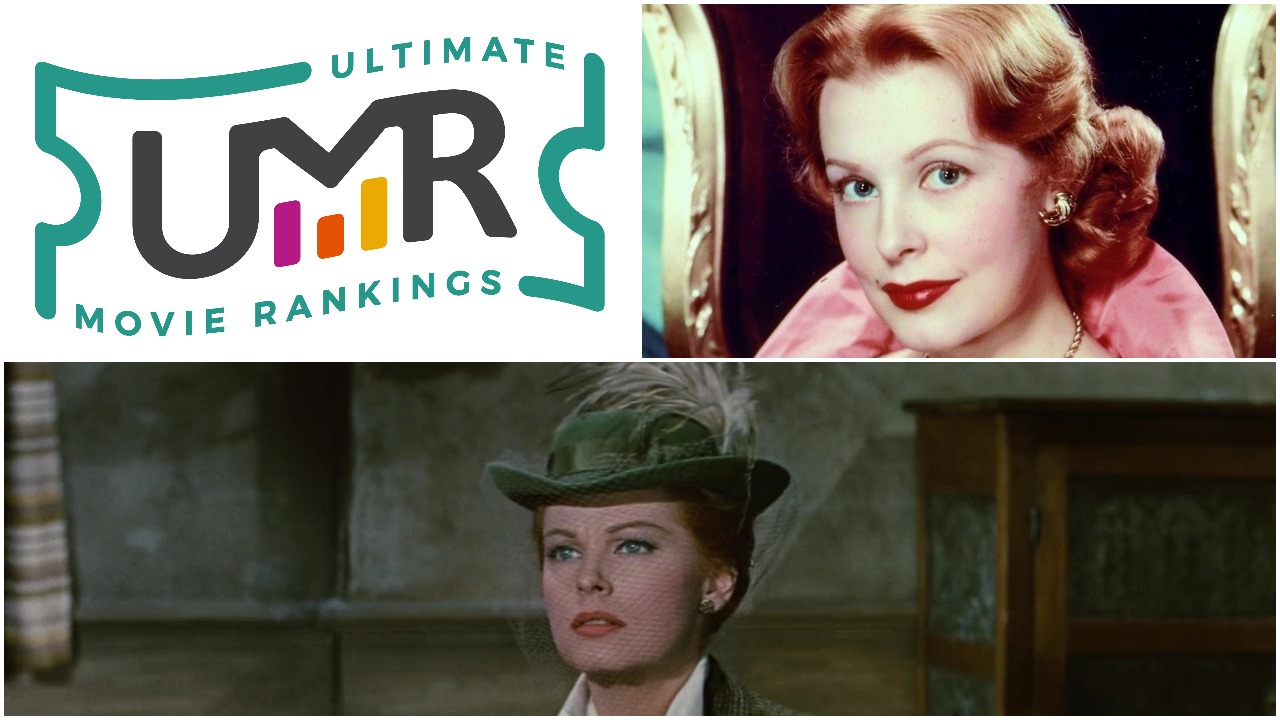
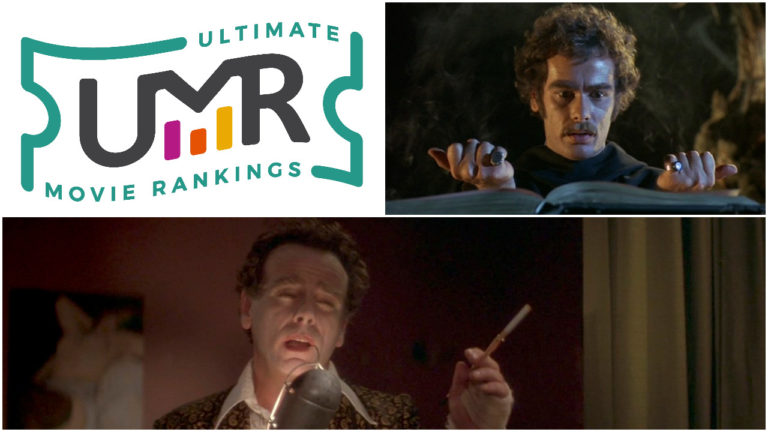
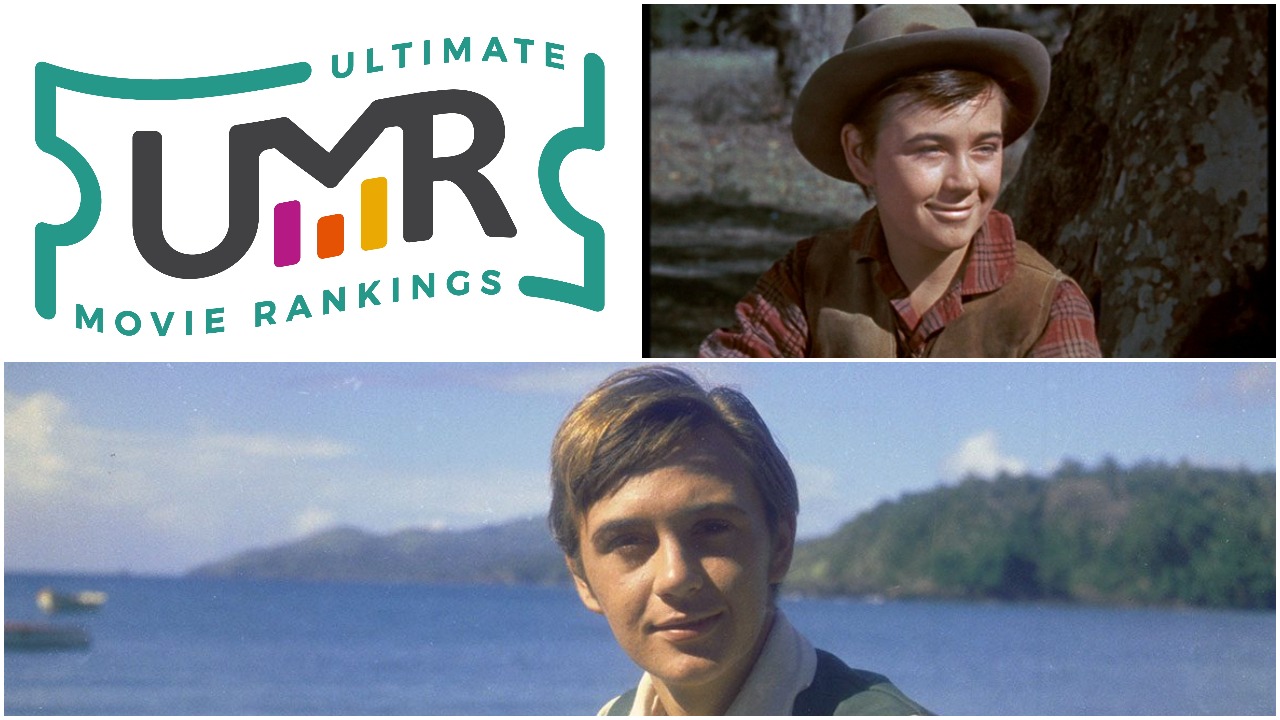
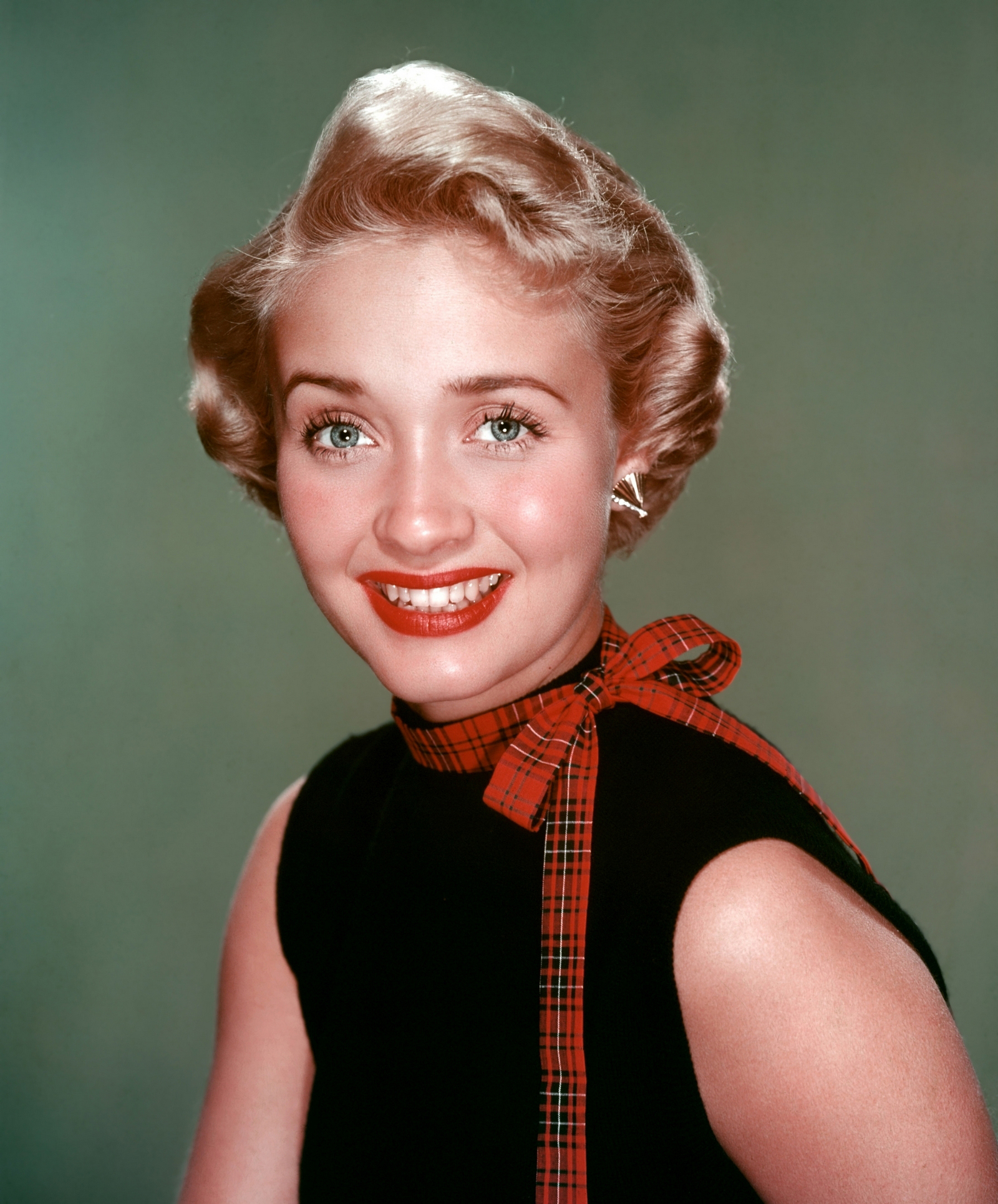

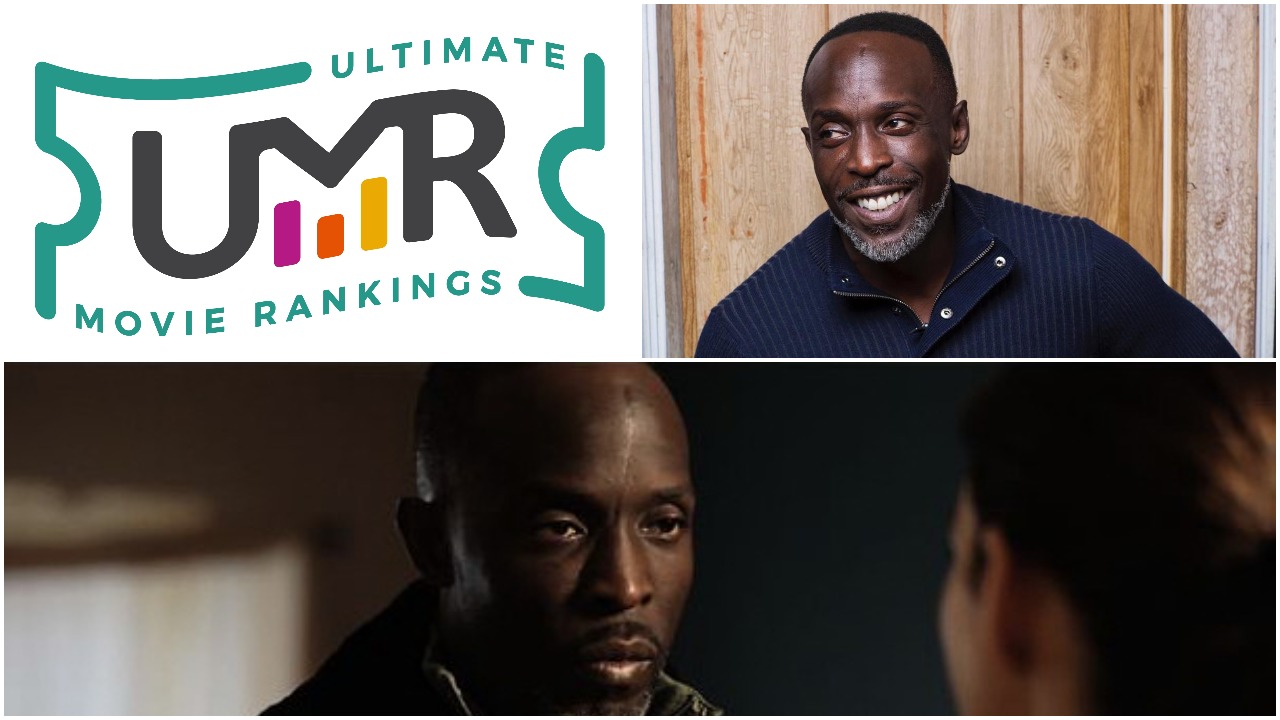
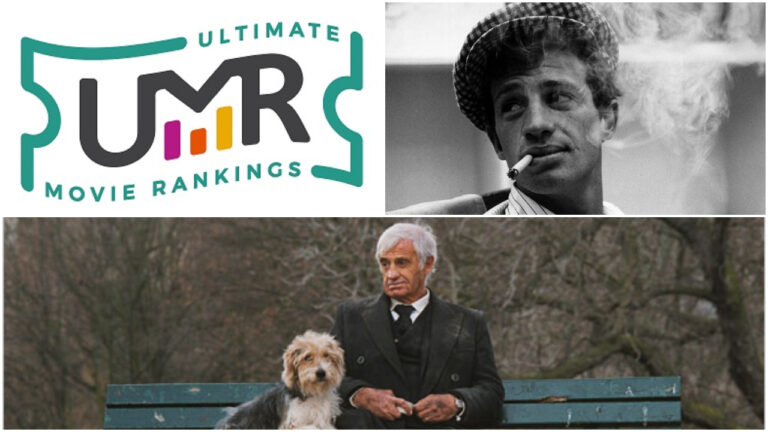
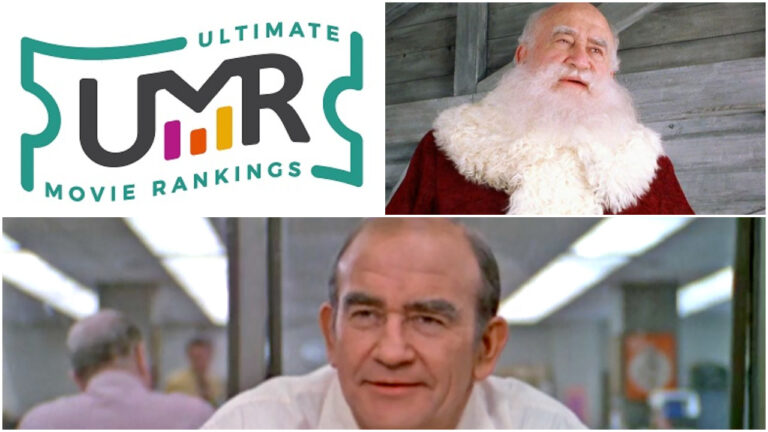
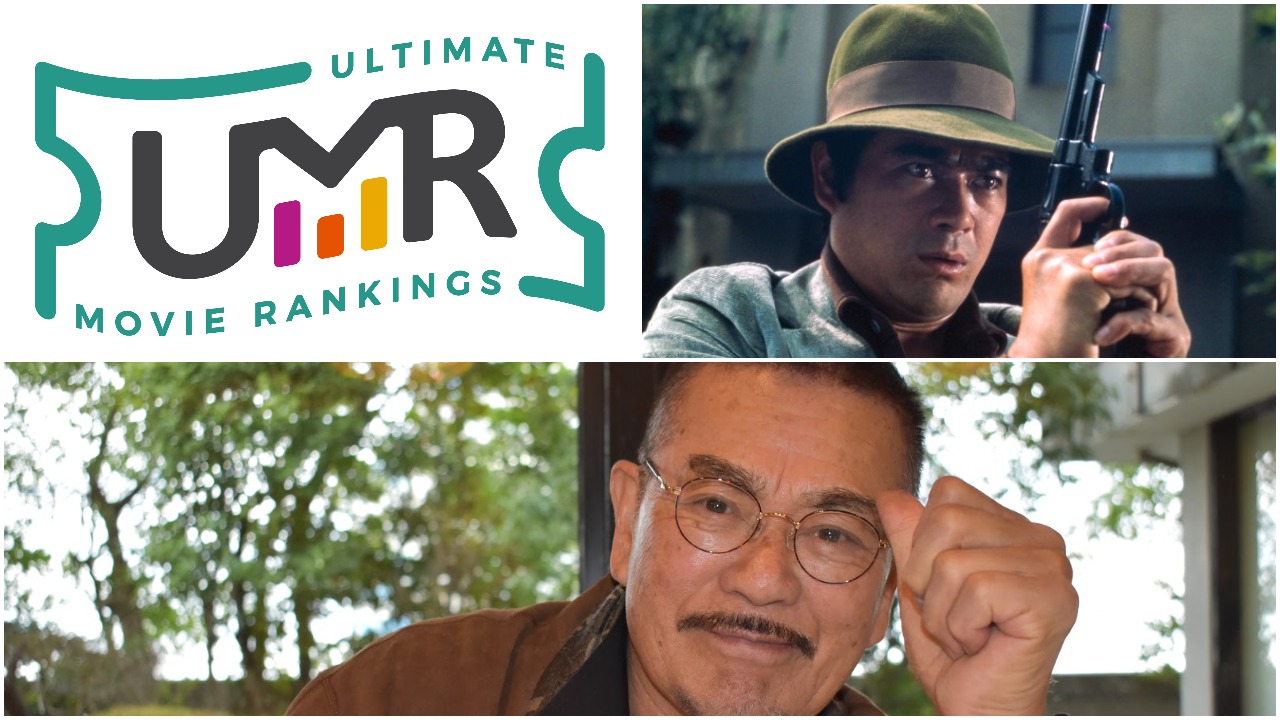
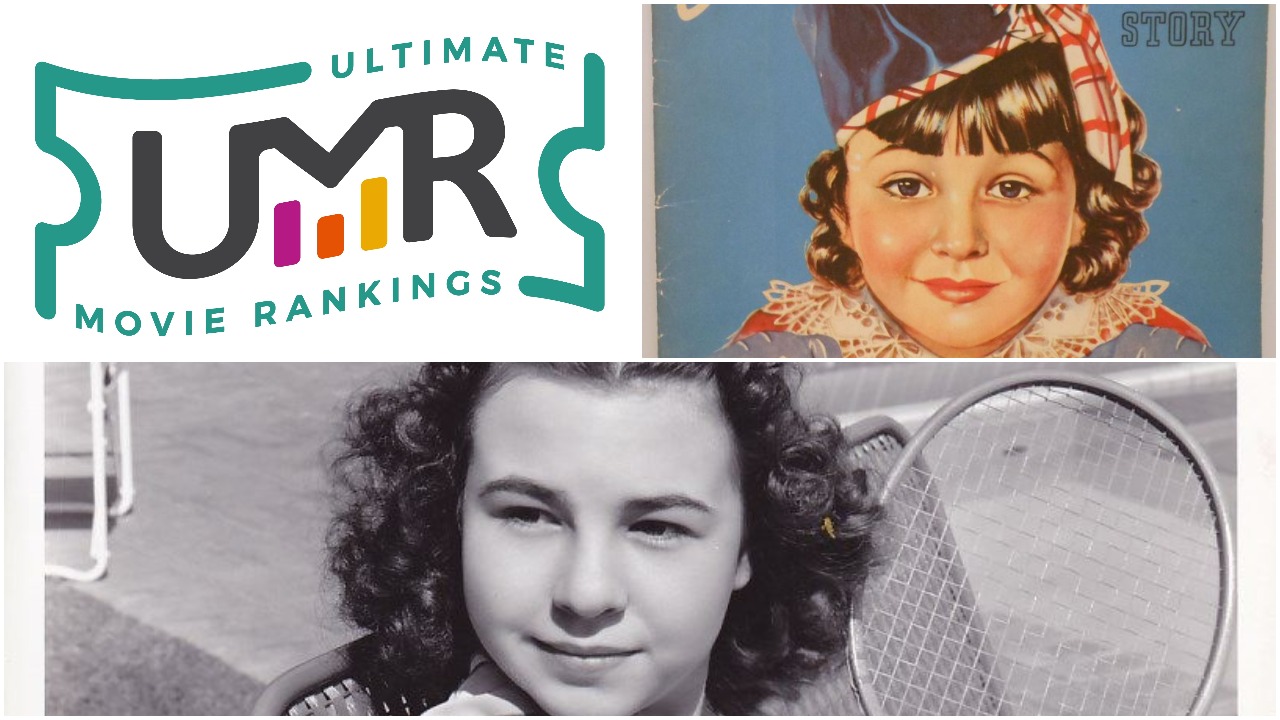
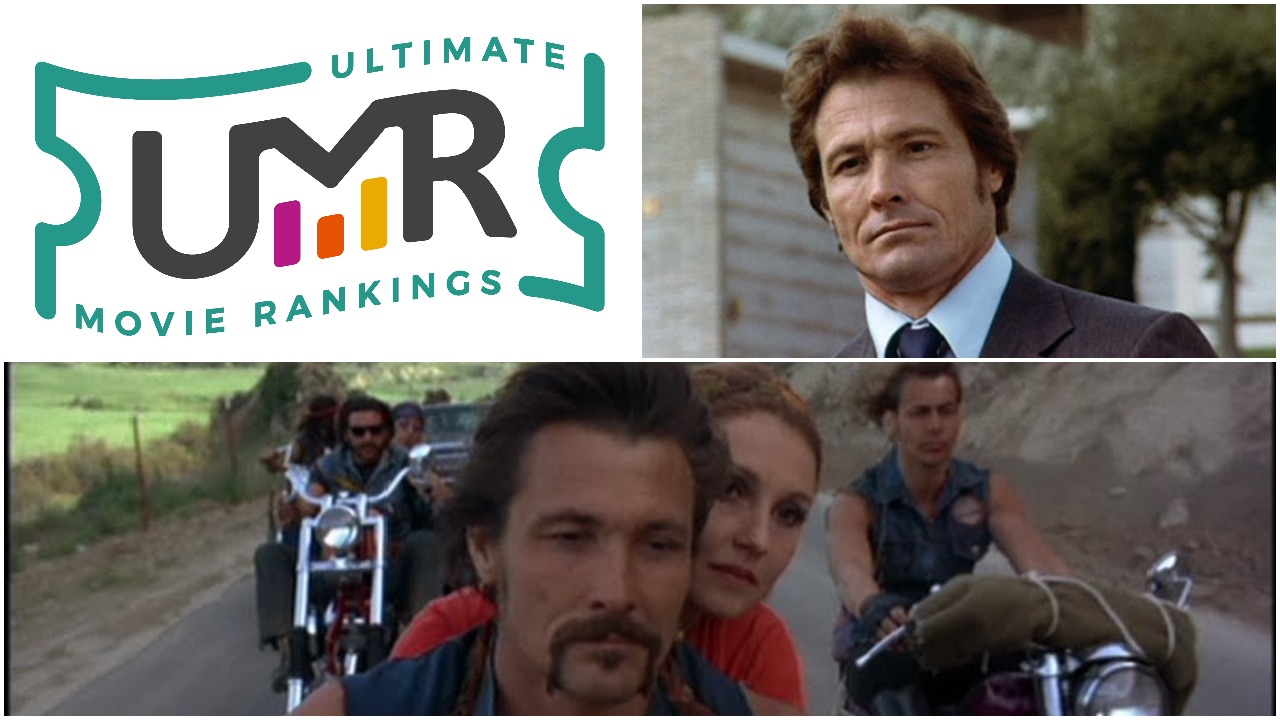
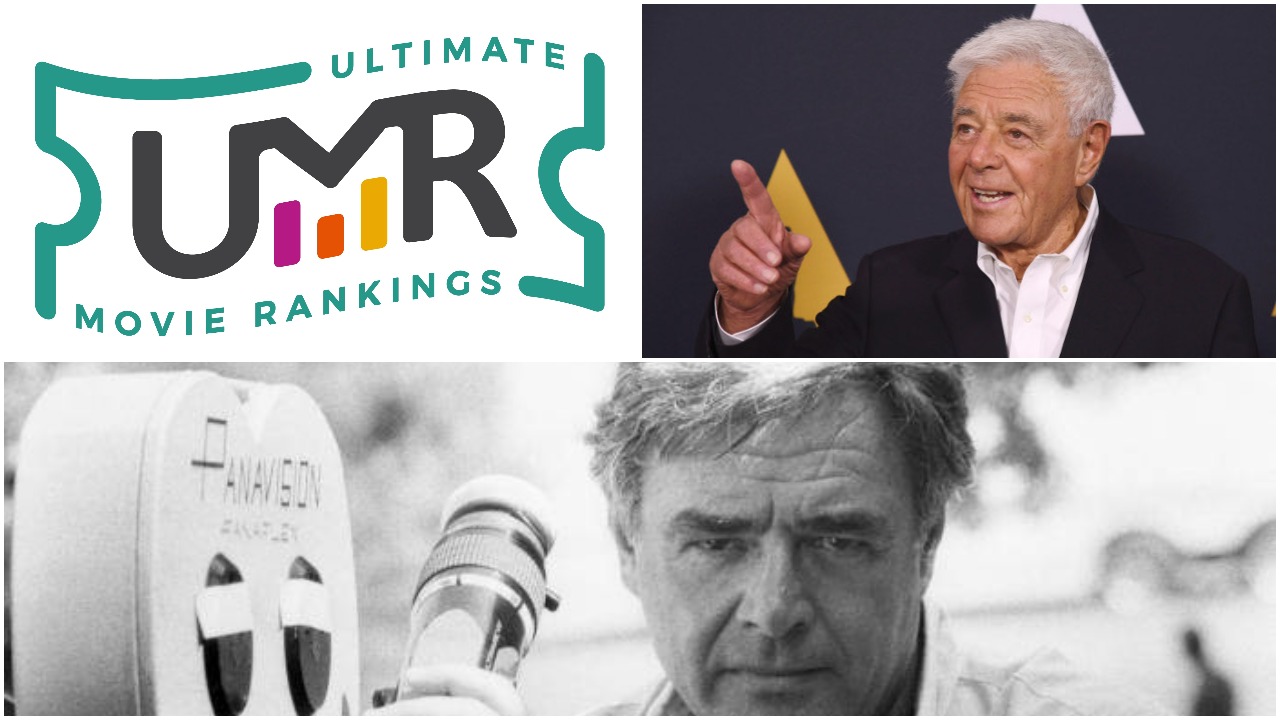
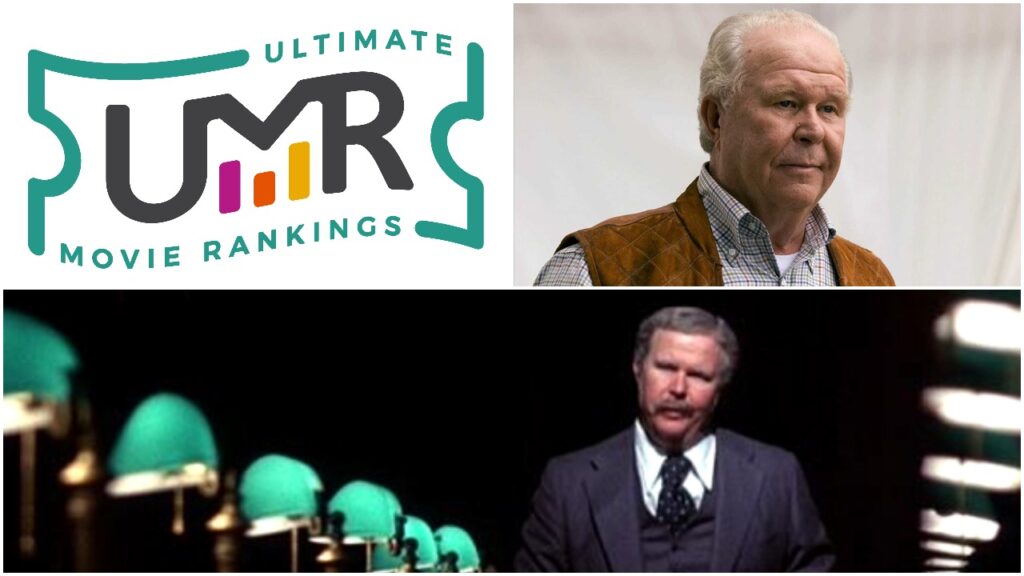

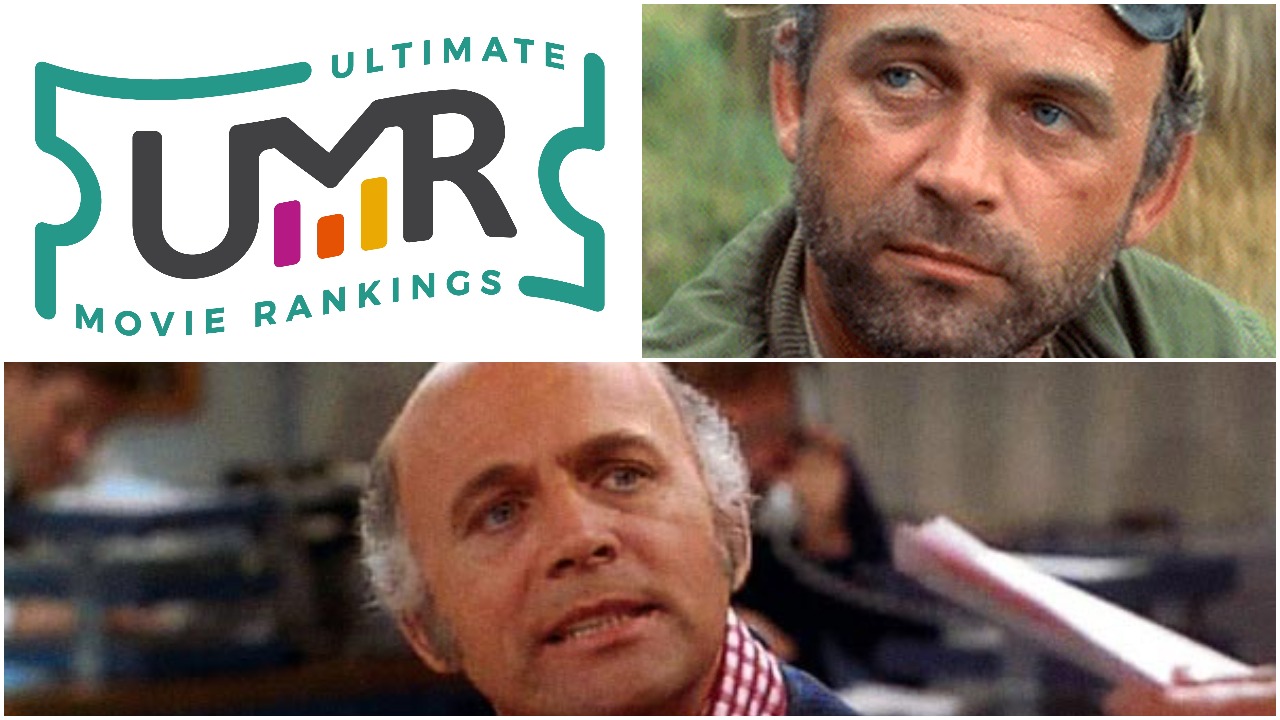

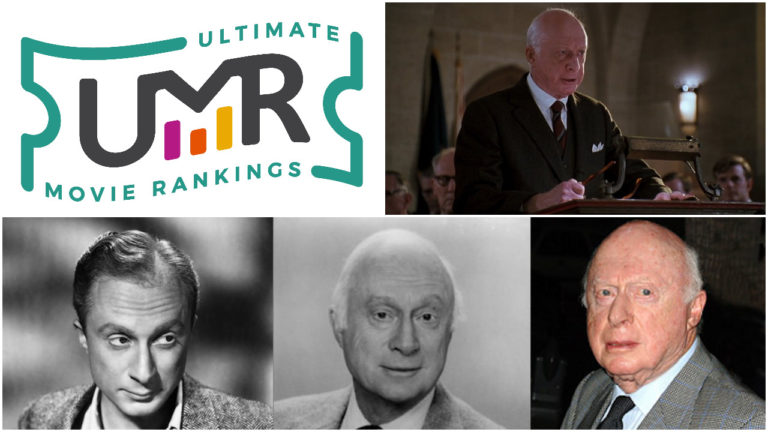
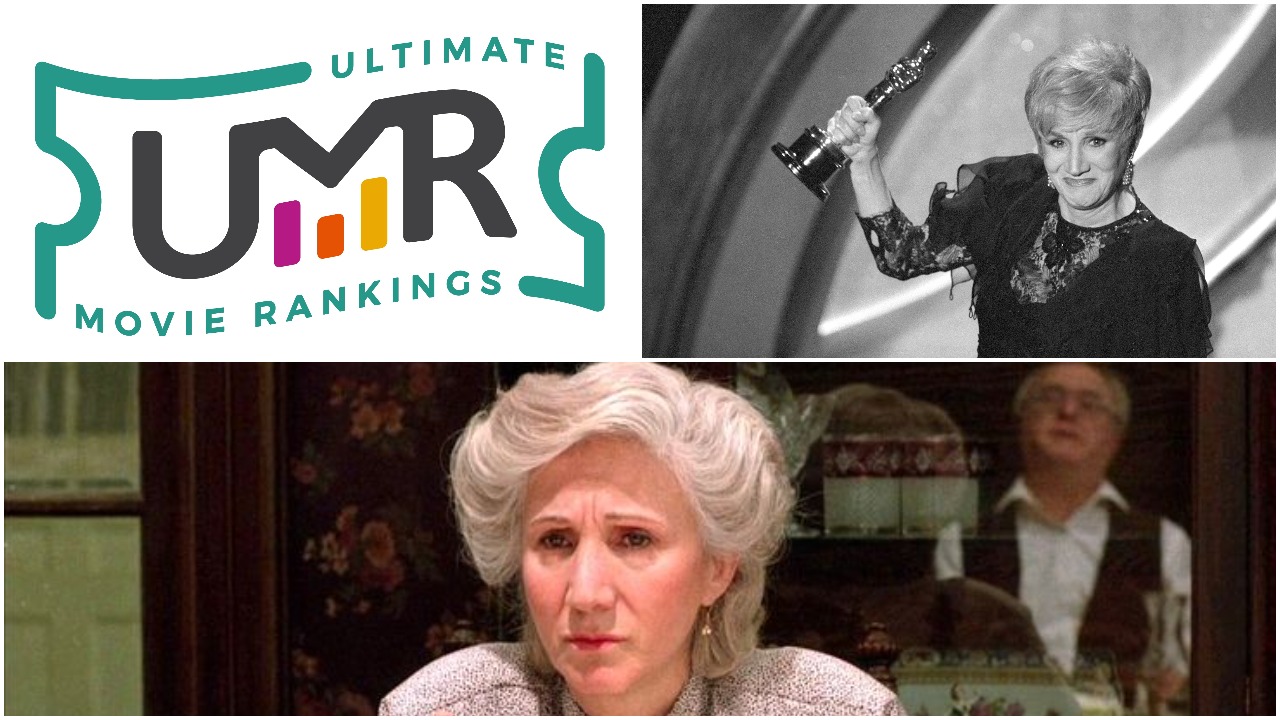


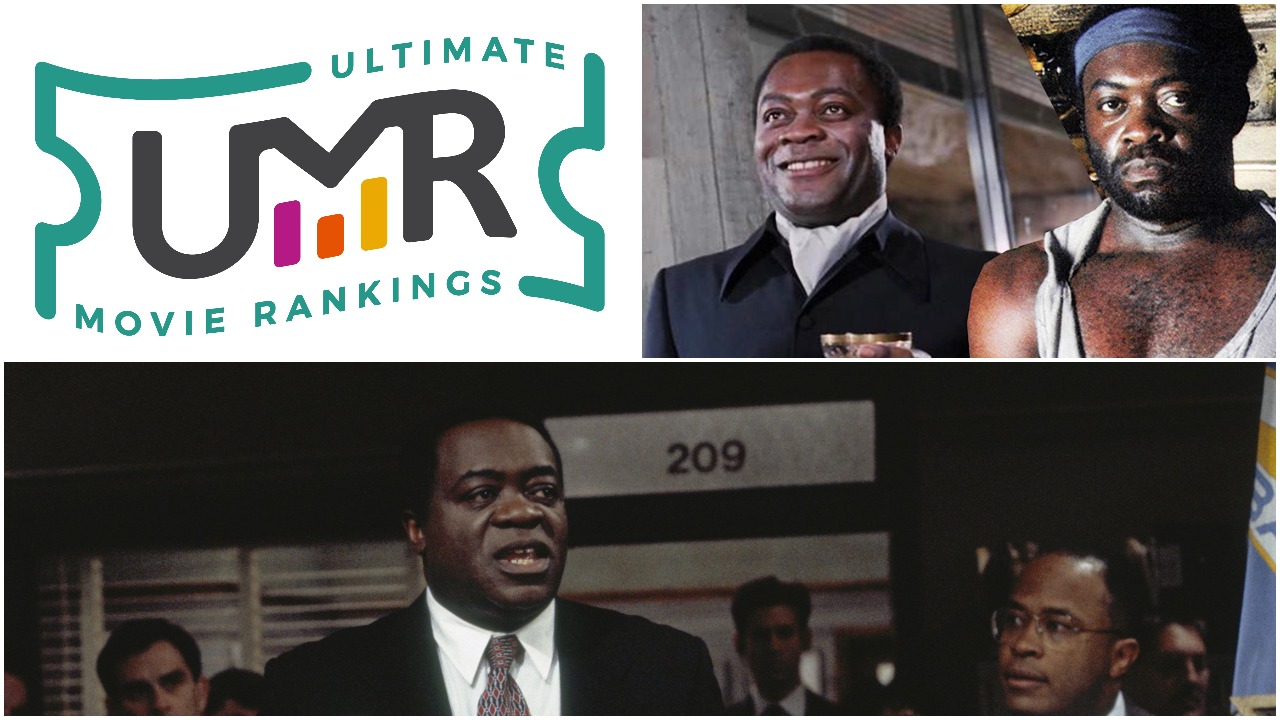
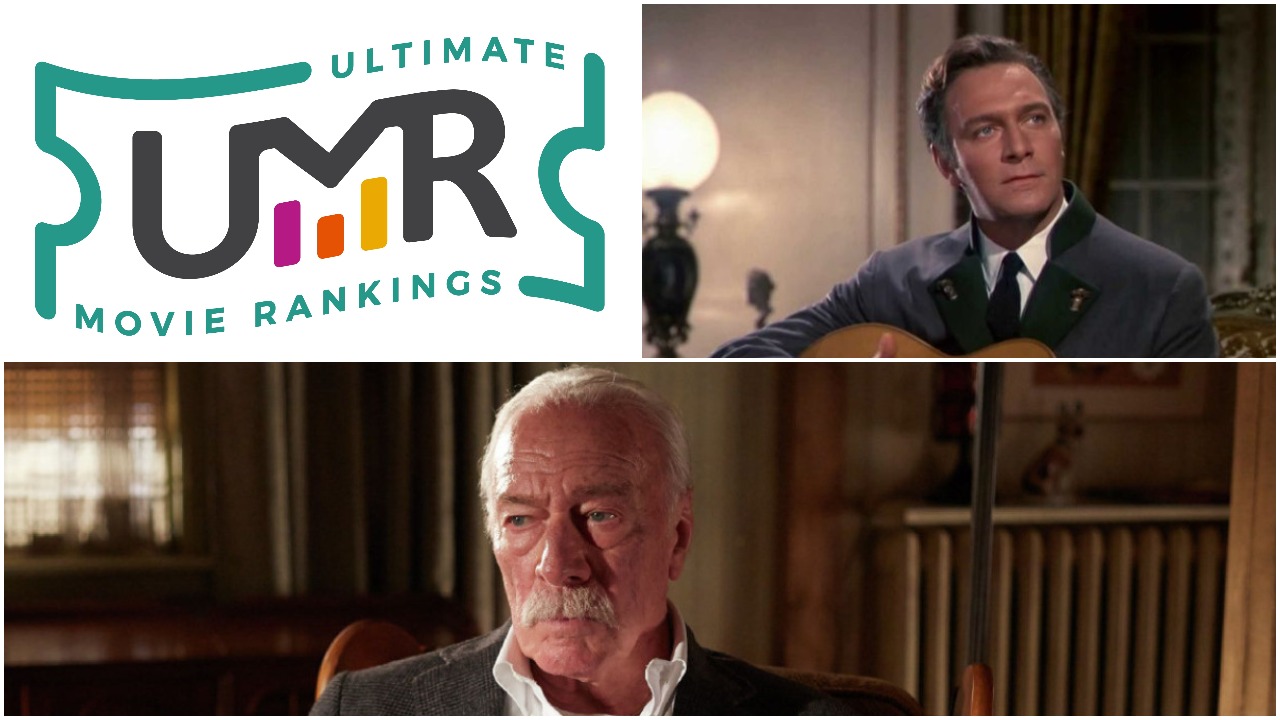
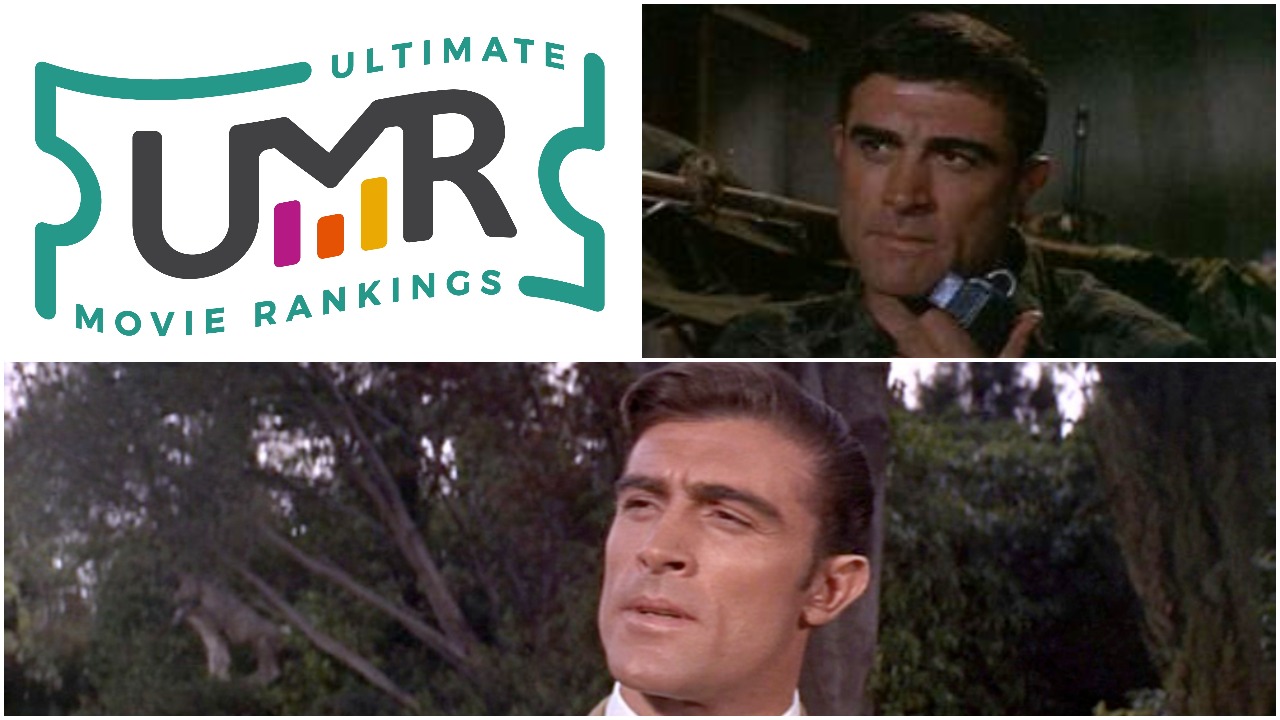
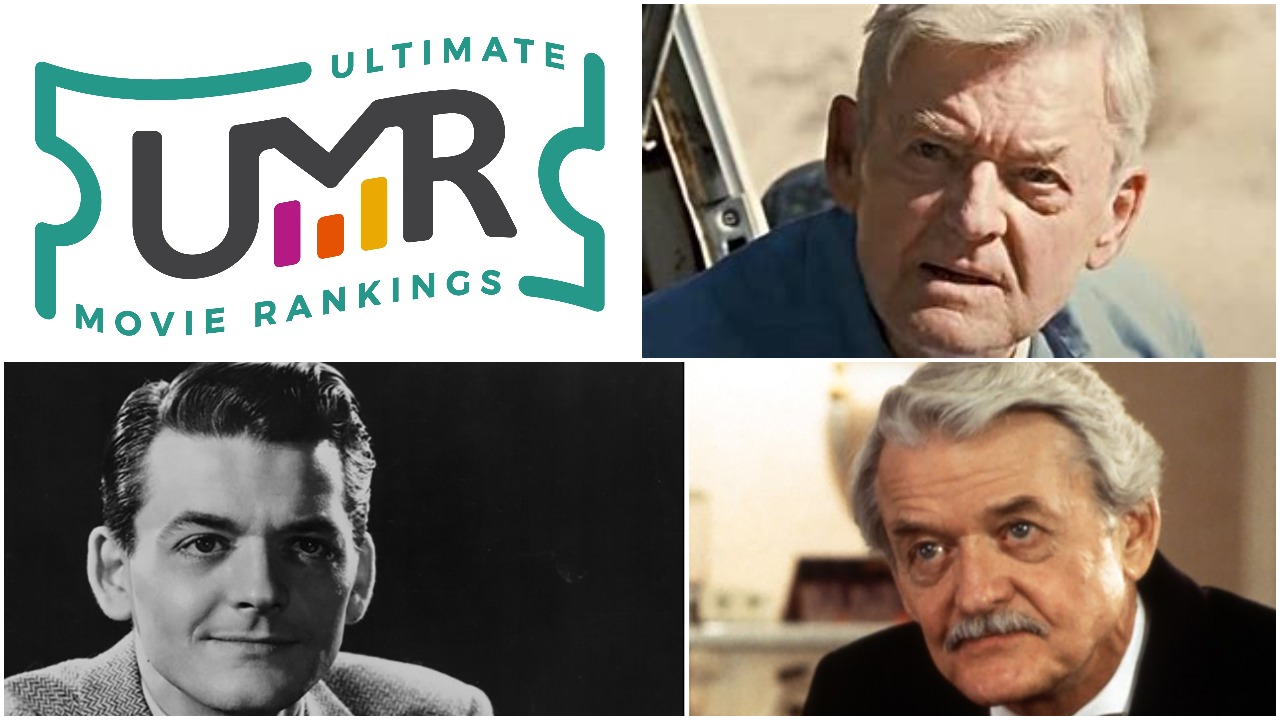
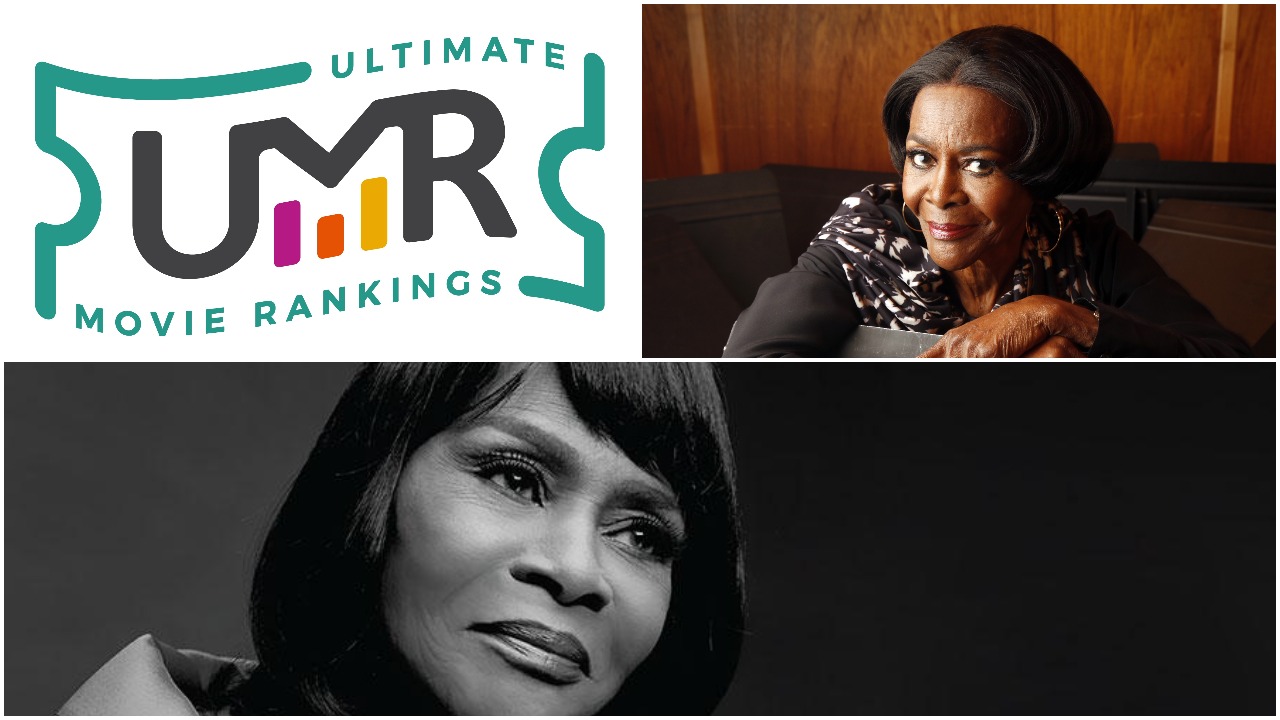
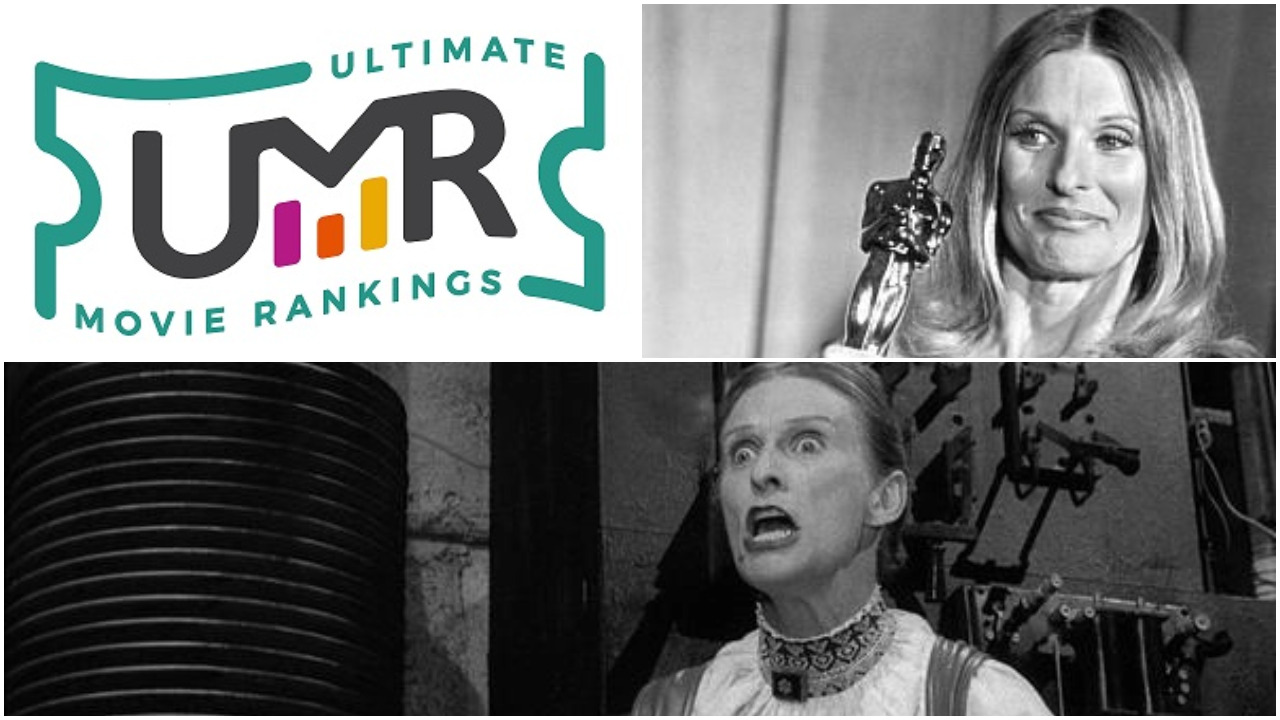
Jean-Paul Belmondo, # 611 on the 2020 Oracle of Bacon Top 1000 Center of the Hollywood Universe has passed away at 88.
From the Guardian.
Jean-Paul Belmondo, the French actor who shot to international fame in Jean-Luc Godard’s revolutionary new wave classic Breathless, has died aged 88. The actor’s lawyer confirmed the news to AFP.
Belmondo – nicknamed Bébel by French audiences – became one of the country’s biggest box-office stars in the 60s and 70s, his battered-looking face a contrast to the chiselled features of his rival and sometime-collaborator Alain Delon. Like Delon, Belmondo was a key figure of the outstanding generation of European film-making of the period, with the series of films he made with Godard – which included A Woman Is a Woman and Pierrot le Fou – making an indelible mark.
Born in 1933 in the well-to-do Paris suburb of Neuilly-sur-Seine, son of “pied-noir” sculptor Paul Belmondo, Belmondo attended a string of elite private schools but did poorly. He showed more interest in sport, and embarked on a brief amateur boxing career as a teenager. After contracting tuberculosis, he became interested in performing, and applied to the elite National Academy of Dramatic Arts, eventually gaining a place in 1952.
After graduation, Belmondo began acting in the theatre, appearing in plays by Anouilh, Feydeau and George Bernard Shaw. He also secured a string of small film roles: in one of them, Marc Allegret’s 1958 comedy Un Drôle de Dimanche, he was spotted by Godard who was then still a critic at Cahiers du Cinéma. Godard cast him in a 12-minute short, Charlotte and Her Boyfriend – billed as “a homage to Cocteau”, it consists of Belmondo’s character ranting at his girlfriend in a hotel room. (The voice was supplied by Godard himself, after Belmondo was conscripted into the army to serve in Algeria.)
Before Godard could get a feature off the ground, his fellow critic Claude Chabrol cast Belmondo in his 1959 thriller A Double Tour (AKA Web of Passion), playing the murder victim’s boyfriend. The character’s name, Laszlo Kovacs, would recur in Breathless as a sly in-joke. But it was Godard’s film, shot in the late summer of 1959, that secured Belmondo’s ascension as the louche face of the French New Wave. Based on a treatment by François Truffaut and Chabrol, Breathless was inspired by the real-life activities of killer Michel Portail. Much has been written about Breathless’ unorthodox production, with Godard writing new dialogue every day, and shooting without lighting to allow for acting spontaneity; Belmondo responded brilliantly to Godard’s tactics, and the film became a substantial commercial hit on its release in 1960.
Belmondo also took more straightforward roles: in Classe Tous Risques, also released in 1960, he played a young gangster who helps an armed robber escape with his children to Paris. However, the success of Breathless catapulted him into the limelight and he quickly became an international star, appearing in Peter Brook’s adaptation of Moderato Cantabile and playing opposite Sophia Loren in Two Women, from Italian director Vittorio De Sica.
But – like Delon – he preferred to concentrate on French cinema, extending his relationship with Godard with the fourth-wall-breaking A Woman Is a Woman in 1961, and developing another with Jean-Pierre Melville, a favourite of the New Wave critics, and who had a cameo role in Breathless. Belmondo played an ambiguous, sexy cleric in Léon Morin, Priest for Melville in 1962, following it up with Melville’s Le Doulos in 1963, in which he plays a robber suspected of being an informant.
Belmondo specialised in playing gangsters and low-lives, although he scored a big hit in 1962 with Cartouche, playing a raffish 18th-century swordsman opposite Claudia Cardinale. That Man from Rio – a spy spoof with Françoise Dorléac – was another big hit with the same director, Philippe de Broca, and was more in tune with Belmondo’s own populist tastes; describing Moderato Cantabile as “very boring” he told the New York Times in 1964: “I really prefer making adventure movies like Rio to the intellectual movies of Alain Resnais or Alain Robbe‐Grillet.”
Having given up acting for a year in 1967-8, Belmondo returned to work but at a less furious pace, making films for Truffaut (Mississippi Mermaid), Claude Lelouch (Love Is a Funny Thing) and Jacques Deray (Borsalino) – although he fell out with co-star Delon over billing in the latter film. Following Delon’s example, Belmondo moved behind the camera, producing films by Chabrol (Dr Popaul), De Broca (The Man from Acapulco) and – ironically – Renais, in the shape of the 1930s-set political drama Stavisky.
Belmondo kept up a string of popular hits in France into the mid-80s, with comedies, action films and crime dramas, but his output began to slow towards the end of the decade, and he returned to the theatre, performing in Cyrano de Bergerac and Jean-Paul Sartre’s Kean. His highest-profile film role of the 1990s was in Lelouch’s adaptation of Les Misérables, while he reunited with Delon in Une Chance Sur Deux in 1998, in which neither are sure which of them is Vanessa Paradis’ father.
In 2001, he was hospitalised with a stroke, and did not make any films until 2009’s A Man and His Dog, which did not hide the effects of his condition. In June last year he was seen attending the funeral of the comedian and screenwriter Guy Bedos in Paris.
In April he was photographed smiling at a party to mark his 88th birthday with a number of his children and grandchildren, including his youngest daughter, Stella, who is 17.
Belmondo was married twice, to fellow actor Élodie Constantin between 1952 and 1968, and dancer Natty Tardivel from 2002-8. He also had a number of high-profile relationships, including with Ursula Andress in the late 1960s, Laura Antonelli, with whom he co-starred in Dr Popaul, in the 1970s, and nightclub owner Barbara Gandolfi, from whom he separated in 2012.
…
Hey Dan…..I was wondering why his page was getting so much traffic. When I saw your comment I was thinking it was for the passing of Michael K. Williams. I have been working on his page…and did not realize we lost two actors today. Rest in peac Mr. Belmondo and Mr. Williams. https://www.ultimatemovierankings.com/michael-k-williams-movies/
Ed Asner has passed away. 2nd cast member from the Mary Tyler Moore Show to pass this year (Gavin MacLeod), 3rd in the last 2 years (Cloris Leachman).. I think only John Amos and Betty White of the bigger names are still alive. Ed was as high as # 221 back on the 2005 Oracle list but fell off in the Wikipedia days.
From the Hollywood Reporter.
Ed Asner, the tough guy with the soft side who starred as the irascible newsroom boss Lou Grant on the legendary sitcom The Mary Tyler Moore Show and on his own hard-hitting TV drama, died Sunday. He was 91.
Said his family on Twitter: “We are sorry to say that our beloved patriarch passed away this morning peacefully. Words cannot express the sadness we feel. With a kiss on your head — Goodnight dad. We love you.”
Asner received three of his record seven Emmy Awards (in 1971, ’72 and ’75) for playing the news director/producer of the WJM-TV evening news on CBS’ The Mary Tyler Moore Show, then reeled in two more trophies (1978, ’80) after his out-of-work character was hired as city editor of the Los Angeles Tribune newspaper on CBS’ Lou Grant.
He’s one of only two actors (Uzo Aduba is the other) to win a comedy and drama Emmy for the same role on different shows.
Asner also received Emmys for his performances on two renowned ABC miniseries: 1976’s Rich Man, Poor Man, in which he played an embittered German immigrant, and 1977’s Roots, as the sea captain who brought Kunta Kinte to America.
Asner then attracted a new generation of fans when he voiced Carl Fredricksen, a 78-year-old widower who ties thousands of balloons to his house to fulfill a dream of seeing South America, in the Oscar best picture nominee Up (2009).
An avowed liberal, Asner also served two terms as president of the Screen Actors Guild, from 1981-85, and sparred often with Charlton Heston, a noted conservative who preceded him as head of the guild. He received the SAG Life Achievement Award in 2002.
After he was named a THR Icon, he reflected on his life and career with THR‘s Scott Feinberg on Aug. 16 in what was likely his final interview.
Asked by Feinberg how “old he felt,” Asner replied: “If it weren’t for my bad left leg, I would feel younger. I’ve got many parts that need to be bolstered and refurbished. And I haven’t got time to undergo all those changes.”
And what was left on his bucket list? “I haven’t climbed Suribachi! No, I think just ensuring that I’ve left enough for the family,” he said.
Asner’s portrayal of a ill-tempered, comedic police chief in the 1971 Erle Stanley Gardner NBC telefilm They Call It Murder led to the role that changed his life. MTM Enterprises head Grant Tinker saw Asner’s work in the dailies and recommended him for the role of the gruff Grant on the new Mary Tyler Moore Show, starring Tinker’s wife.
(Gavin MacLeod also had read for the part of Grant but told producers he was probably better suited to play newswriter Murray Slaughter.)
“It was such a gorgeous character, such a gorgeous script,” Asner recalled in a 1973 interview with The New York Times. “I began licking my lips over the project. I couldn’t believe a situation comedy was affecting me this way. I had never regarded myself as a comedian, and I’d deliberately stayed away from comedy parts.”
Asner played Grant — who famously had a low tolerance for “spunk” — on The Mary Tyler Moore Show for seven seasons, from September 1970 until the series shut its doors in March 1977.
Six months later, Asner was still on the air, and still playing Grant, but now he was in an hourlong drama. The radical idea for the segue came from James L. Brooks and Allan Burns, the creators of The Mary Tyler Moore show, who originally had written that Grant had been a newspaper guy before he joined Minneapolis’ WJM.
They also believed they could have a hit in the wake of the success of the journalism film All the President’s Men.
But Lou Grant was a one-camera drama that emphasized journalism and serious, topical issues, not a three-camera comedy taped in front of a live audience — a much different animal than The Mary Tyler Moore Show.
“I was told [by the producers], ‘It’s up to you to maintain the flame of Lou Grant, remember who the character is,’ ” he said during a 1999 interview with the Archive of American Television. “I got down on that floor with the single camera and the new crew and began slogging through the first shows, and nobody’s laughing. I’m so busy gesticulating and grimacing to punch whatever I’m finding funny to make sure the audience knows that there’s a laugh here. I was becoming a nervous wreck.
“After the show opened, I went in for a session [with his therapist] and said, ‘What do you think [about the series]?’ He said, ‘Why are you grimacing so much?’ That’s all he said. I’m trying to get those laughs, knowing that the guys told me to remember who Lou was. I said, ‘I’m going to forget about comedy.’ … I was relieved.”
Even TV Guide listed Lou Grant as a comedy at first. “People were expecting to turn on a show that was a continuation of the old comedic routine,” Asner told Sam Tweedle in a 2010 interview. “They certainly weren’t prepared to see issues and events discussed in depth as Lou Grant presented them, so the ratings were terrible.”
Lou Grant, however, went on to capture the Emmy for best drama series in 1979 and ’80 — after The Mary Tyler Moore Show had closed with the best comedy statuette in 1975, ’76 and ’77 — and lasted five seasons.
The series could have lasted longer. The outspoken Asner often said that his public opposition of the U.S.-backed military dictatorship in El Salvador led to CBS canceling Lou Grant.
Edward Asner was born on Nov. 15, 1929, in Kansas City, Missouri, the youngest of five children (the family lived across the state line in Kansas City, Kansas). His father, Morris, owned a junkyard.
Asner worked as feature-page editor on the Wyandotte High School newspaper, The Pantograph, and was an All-City lineman on the football team. (A framed photo of him wearing No. 52 from that era was seen hanging on a wall in Grant’s office on The Mary Tyler Moore Show).
Asner attended the University of Chicago, where he participated in dramatics, but dropped out after two years and returned to Kansas City, where he sold shoes and encyclopedias.
The directionless Asner made his way back to Chicago, did some acting and worked on an auto-assembly line. “I really wanted to be an adventurer, to lay pipelines in South America or be a cabin boy on an Alaskan cruiser, but I didn’t have the guts,” he told the Times in the 1973 interview.
In July 1951, Uncle Sam provided some adventure when Asner was drafted into the U.S. Army and stationed in France.
Following the service, the stocky 5-foot-9 Asner joined Paul Sills’ Playwrights Theatre Club in Chicago, and his acting juices were renewed: He went on to appear in 26 plays during a two-year period, working at times with Barbara Harris and Elaine May.
But when the troupe veered toward improv comedy — “it just seemed like too much fun to me, I wanted to stay legit” — he left and headed to New York City.
In 1956, Asner landed a gig on Broadway in Threepenny Opera, playing Mr. Peachum for nearly three years. He supplemented that run with work on local TV shows and in off-Broadway performances. In 1960, he appeared on stage opposite Jack Lemmon in Face of a Hero and filmed an episode of Naked City, playing a cop.
Asner moved to Los Angeles in 1961, and during the cross-country drive stopped in Ohio to guest-star on an episode of Route 66. Dramatic roles in other shows like The Outer Limits,The Untouchables, Dr. Kildare and Slattery’s People — on which he portrayed a newspaper reporter — followed.
He made his big-screen debut in Elvis Presley’s Kid Galahad (1962) and played a detective who helps a suicide-center volunteer (Sidney Poitier) save the victim of an overdose (Anne Bancroft) in The Slender Thread (1965). Later, he was in another Presley film, Change of Habit (1969), as was Moore.
Meanwhile, he was distinguishing himself as a busy character actor on many of the era’s top TV shows, including Medical Center, The Name of the Game, Mod Squad, Ironside and Police Story, before his big break came along on The Mary Tyler Moore Show.
In 1977, Asner delivered a ripe performance as colorful Louisiana politician Huey Long in the NBC movie The Life and Assassination of the Kingfish. He also sparkled that year as a ruthless businessman reunited with his estranged wife (Maureen Stapleton) in the ABC film The Gathering.
Asner’s feature career included roles in The Venetian Affair (1966), El Dorado (1967), Gunn (1967), They Call Me Mister Tibbs! (1970), The Wrestler (1974), Gus (1976), Daniel (1983), Fort Apache the Bronx (1981), Sidney Lumet’s Daniel (1983), JFK (1991), Hard Rain (1998), The Animal (2001) and, as Santa Claus, Elf (2003).
More recently, he played Franklin D. Roosevelt in a one-man show on stage, did lots of voice work and appeared in recurring roles on The Closer, The Practice, Studio 60 on the Sunset Strip, The Good Wife and Grace and Frankie.
Survivors include his children, Katie, Charles and twins Matthew and Liza, and grandchildren Jake, Will, Avivah, Max, Wolf, Eddy, Gabriel, Charlotte, Grant and Helena. He was married to Nancy Lou Sykes from 1959 until their 1988 divorce.
Duane Byrge contributed to this report.
Hey Dan. Thanks for the awesome breakdown on the career and life of Ed Asner. I was just looking at this page, and thinking….”good…nobody has joined this list lately”….and then news broke that Lou Grant had died. RIP Ed Asner.
Sonny Chiba has passed (from Variety)
Shinichi “Sonny” Chiba, the Japanese actor and martial arts legend who had roles in American films like “Kill Bill” and “The Fast and the Furious: Tokyo Drift,” died on Thursday of COVID complications, his agent and manager confirmed to Variety. He was 82.
Chiba’s career in film and television spanned five decades — from the 1960s through the 2010s — and he appeared in countless Japanese titles, in addition to some popular American movies. In many of his projects, he showcased his expert martial arts skills, and he went on to choreograph fight scenes later in his career.
Born Sadaho Maeda in Fukuoka, Japan, on Jan. 22, 1939, he began learning martial arts while at Nippon Sport Science University in 1957. He studied under karate master Masutatsu “Mas” Oyama and earned a first-degree black belt in 1965. He later played Oyama in a trilogy of films, “Champion of Death,” “Karate Bearfighter” and “Karate for Life,” in the late 1970s. In 1984, he received a fourth-degree black belt. He also held black belts in ninjutsu, shorinji kempo, judo, kendo and goju-ryu karate.
He began his career in film and TV in 1960, taking on the name Shinichi Chiba. His first roles came on Japanese superhero shows “Seven Color Mask,” where he replaced the lead actor, and “Messenger of Allah,” in which he played the main character. His first movie roles were in a series of crime thrillers from Japanese director Kinji Fukasaku, who he collaborated with frequently, and the sci-fi pic “Invasion of the Neptune Men” in 1961.
Chiba starred in his first martial arts film, “Karate Kiba,” in 1973, and his international breakout role came in 1974’s “The Street Fighter,” which was released in the U.S. by New Line Cinema with an X rating for its violence.
In Quentin Tarantino’s “Kill Bill: Volume 1,” Chiba played Hattori Hanzo, a retired swordsman and owner of a sushi restaurant who crafts a blade for Uma Thurman’s main character. He also appeared in “The Fast and the Furious: Tokyo Drift” as Kamata, a Yakuza boss and uncle of the main antagonist, Takashi (Brian Tee).
Some of Chiba’s other credits included “The Bullet Train,” “Champion of Death,” “The Storm Riders,” “Karate Warriors,” “Doberman Cop,” “Shogun’s Samurai,” “G.I. Samurai” and many more. Before the pandemic, he was set to star in a film titled “Outbreak Z,” alongside Jesse Ventura and Wesley Snipes. “Bond of Justice: Kizuna” will be his final, posthumous film role.
Hey Dan. Thanks for the heads up on the passing of Sonny Chiba. Sad news. You have included lots of information on him. He was not in our database a single time…I will be fixing that. Rest in peace Mr. Chiba.
Patricia Hitchcock has died at 93 years old. The daughter of Alfred Hitchcock appeared in several of her fathers films including Psycho, Strangers on a Train and Stage Fright. Rest in peace
Hey Flora. Thanks for the update on Patricia Hitchcock. Sad to hear of her passing. I was just thinking about her the other day. Another connection to old Hollywood has left us. RIP Pat Hitchcock.
I have seen 4 Jane Withers on your list.
Giant and Captain Newman MD are favourites. I have also seen Bright Eyes and The North Star.
Rest in Peace.
Hey Flora, thanks for the visit and feedback. I have only seen 3 of her movies…your two favorites Captain Newman and Giant as well as her voice role in Hunchback. I was disappointed that we did not have more of her movies in the database. Rest In Peace Jane Withers.